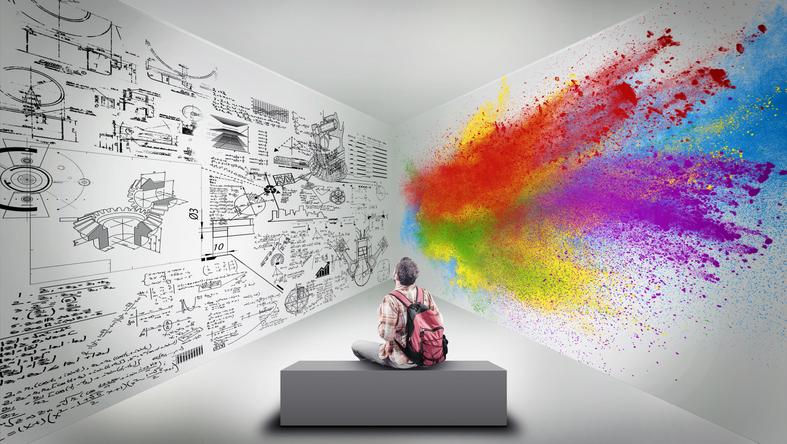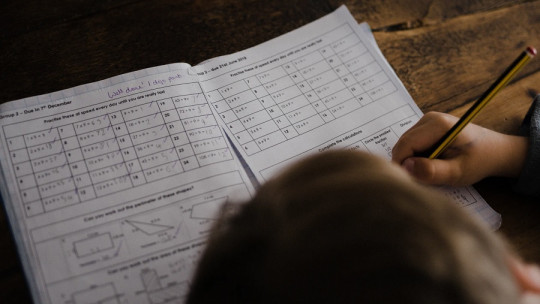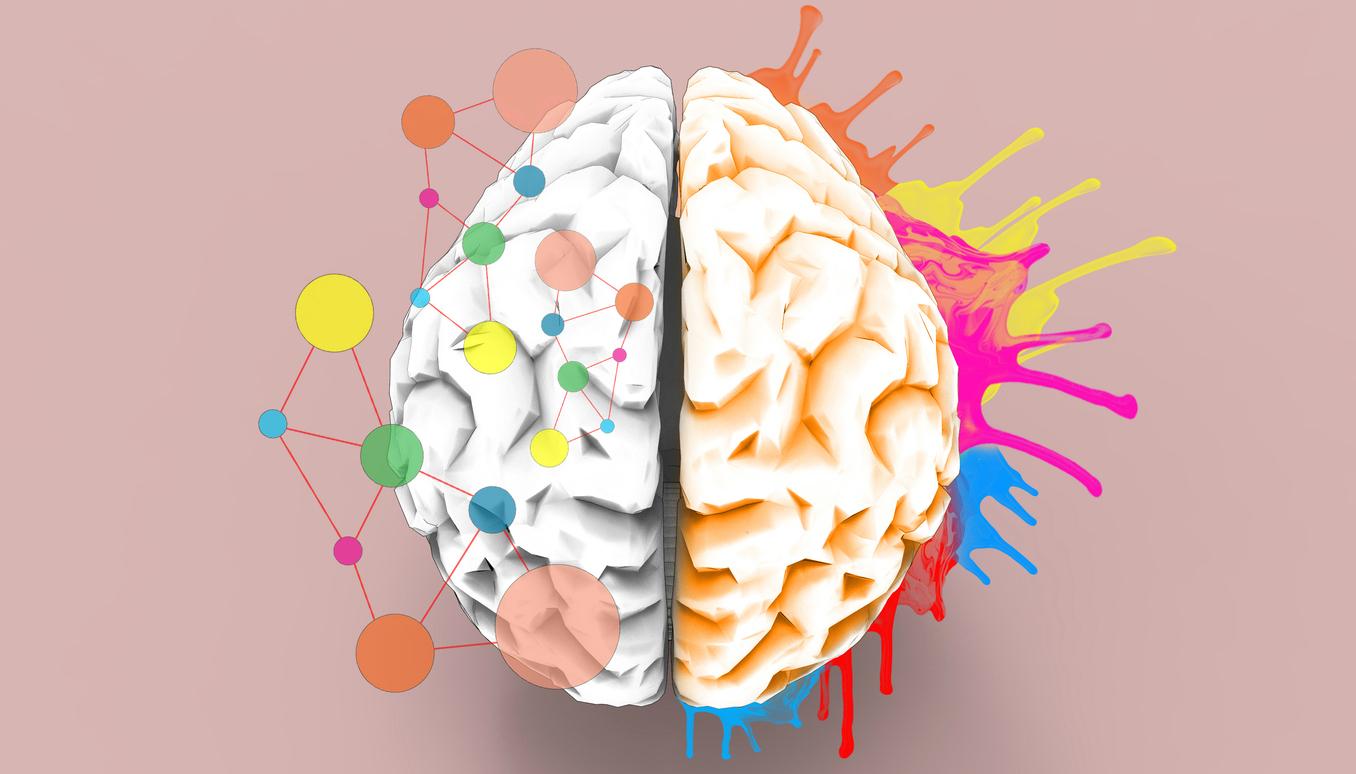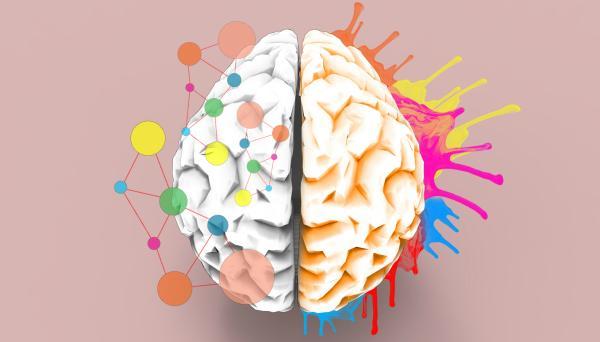
Human beings use different ways of thinking to approach problems and confront adverse situations. We have several tools such as lateral thinking for creativity, logical thinking for reasoning, probabilistic thinking for uncertainty and many others.
One of the most useful is second-order thinking, which we are going to delve into below, explaining what it consists of, giving some examples and showing its usefulness and form of application. If you want to find out, you know, keep reading to find out more.
Second-order thinking is a cognitive process that involves considering not only the immediate consequences of an action but also the secondary and tertiary effects that may result from it. Unlike first-order thinking, which focuses on immediate outcomes and superficial analysis, second-order thinking delves deeper into the potential ripple effects and unintended consequences of decisions, strategies, and policies. In this article, we explore the concept of second-order thinking, its significance in decision-making and problem-solving, and its implications for navigating complexity with foresight and wisdom.
What is second order thinking?
Second-order thinking can be defined in a single phrase: thinking about what you think. It consists of analyzing the hypothetical consequences of the consequences of something we have at hand or what we could do immediately This way of thinking is used to better understand reality, solve problems, make decisions and generate new ideas. Although it is very useful and necessary in many situations, it is also a very scarce thought process.
Most of the time, when we have to solve something, we only think about short-term solutions and effects. We value first and foremost the immediate consequences and impacts of an idea or action, without giving it too much thought or going one step further for the simple fact that it generates a little mental fatigue. That would be first-order thinking.
Second-order thinking is found within the framework of logical and rational thinking. Nevertheless, What differentiates it from first-order thinking is the projection it achieves In the first order, only the immediate effect of an action is analyzed, while in the second order, the effect of the effect, the consequences of the consequences, is evaluated. And whoever says second order can also say third, fourth, fifth… the point is to analyze what the chain repercussions of a given action are.
Second-order thinking involves digging a little deeper and thinking beyond the immediate consequences. As it is more demanding than everyday thinking, this is the main reason why it is less used. It is a shame because, by thinking this way, we obtain a much more effective tool, both personally and in other fundamental dimensions of our life such as employment, studies or the economy. Thinking long term and focusing on possible consequences beyond the immediate ones helps us make better decisions.
There are few more words we can add to the definition of what second-order thinking is, so we are going to quote Shane Parish, founder of Farnam Street, who defines it very well:
“Second-order thinking is more deliberate. It is thinking in terms of interactions and time, understanding that, despite our intentions, our interventions often cause harm. Second-order thinkers ask: What then?”
Understanding Second-Order Thinking
Beyond Immediate Consequences
Second-order thinking transcends linear reasoning and superficial analysis by recognizing that actions can have far-reaching implications beyond their immediate outcomes. It involves anticipating and evaluating the secondary and tertiary effects of decisions, taking into account feedback loops, unintended consequences, and systemic interactions that may arise over time. By considering the broader context and longer-term implications of actions, second-order thinkers are better equipped to make informed decisions and mitigate potential risks and pitfalls.
Anticipation of Reactions and Feedback Loops
Second-order thinking involves anticipating how stakeholders, systems, and environments may react to a given action or decision. It considers the dynamics of feedback loops, whereby initial actions trigger responses that may amplify or counteract their effects. By anticipating potential reactions and feedback mechanisms, second-order thinkers can anticipate emergent patterns, leverage opportunities, and proactively address challenges before they escalate.
Application in Decision-Making and Problem-Solving
Risk Management and Contingency Planning
Second-order thinking plays a critical role in risk management and contingency planning by identifying potential vulnerabilities, dependencies, and cascading effects that may arise from decisions or events. It involves conducting scenario analysis, exploring “what-if” scenarios, and considering the resilience of systems and organizations to withstand unforeseen disruptions. By adopting a second-order perspective, decision-makers can develop robust strategies, allocate resources effectively, and mitigate the impact of adverse events.
Long-Term Strategy and Sustainability
Second-order thinking is essential for crafting long-term strategies that prioritize sustainability, resilience, and adaptability. It involves considering the interplay between short-term gains and long-term consequences, balancing immediate needs with future viability and flourishing. By adopting a systemic perspective, organizations can identify leverage points, anticipate systemic risks, and align their actions with broader goals and values. Second-order thinking encourages a shift from reactive short-termism to proactive foresight and strategic foresight.
Implications for Personal and Professional Development
Critical Thinking and Analytical Skills
Second-order thinking cultivates critical thinking and analytical skills by challenging individuals to go beyond surface-level analysis and consider the broader implications of their actions. It encourages questioning assumptions, challenging conventional wisdom, and seeking deeper understanding of complex systems and phenomena. By honing second-order thinking skills, individuals can become more discerning decision-makers, creative problem-solvers, and effective leaders in their personal and professional lives.
Emotional Intelligence and Empathy
Second-order thinking also encompasses emotional intelligence and empathy, as it involves considering the potential impact of decisions on stakeholders, communities, and the broader ecosystem. It encourages perspective-taking, active listening, and understanding the perspectives and needs of others. By cultivating empathy and emotional intelligence, individuals can navigate complex social dynamics, build trust and rapport, and foster collaboration and innovation in diverse contexts.
Biases that make it difficult to think about what is thought
As we said, we tend to think focusing on the immediate consequences of our actions. We tend towards short-termism, and despite being an extremely complex organ, the human brain does not like complexity and complication too much He prefers strategies that help him save energy and for that reason he usually opts for the easiest and simplest options to apply.
Added to this, the human mind is captivated by various cognitive biases that influence our way of thinking. Among the most notable we find:
1. Optimistic bias
As its name suggests, the optimistic bias has to do with the very human tendency to think that everything will be fine This cognitive distortion means that the first idea that comes to mind is often attractive enough to not think about other alternatives.
That is, we have the innocent conviction that the idea in which we believe or the plan that we have in mind to carry out has a good chance of being successful, and for that reason We do not delve in or brainstorm ideas to increase our possibilities
2. Anchoring effect
The anchoring effect leads us to trust too much in the first information we receive or idea we think and significantly influences our decision making. The first thing we receive is more likely to stay in our mind, it anchors itself. This causes us to accept or reject something based on very little data.
3. Endowment effect
The endowment effect leads us to think that something is worth more for the simple fact of having it This prevents us from objectively seeing the value of our own and that of others. We perceive the immediate consequences of an action as already obtained, while we see the long-term consequences as something still foreign to our possession and we do not value it as much.
Practical example of when this type of thinking is not used
Second-order thinking is a very recurrent tool both in the world of science and in the business sector, but the truth is that It can be applied in absolutely any situation, including our personal life After all, it is another thought pattern that helps in decision making, problem solving and damage prevention, leaving simple and obvious analyzes and analyzing reality in a deeper way.
Additionally, second-order thinking can lead us to more interesting ideas and more effective solutions. Of course, as we said, it can cause a little mental fatigue because thinking beyond the direct consequences of our actions implies making an additional effort, investing in cognitive resources not used in ordinary thinking but it also offers more benefits.

To understand the importance of second-order thinking, we are going to talk about a real case resulting from not having used it, and just limit yourself to thinking about the most immediate actions of the actions:
It happened in India when it was a British colony. The city of Delhi was suffering from an infestation of cobra snakes, which was a real headache for both citizens and local authorities. The animal was not only dangerous for people, but also for domestic and farm animals, causing considerable economic losses.
It was necessary that something be done to reduce the overpopulation of such a harmful reptile and the authorities concluded that it would be useful and productive for the population to collaborate in fighting the plague. To do this, they set a monetary reward for those who turned in the dead animals, something that seemed to work very well at the beginning of the campaign.
But like everything in this world, There is always someone who knows how to take advantage of the situation Some citizens saw a business opportunity in delivering dead cobras to the authorities, so it occurred to them to raise the snakes and then kill them and collect the reward, making themselves gold.
Eventually the authorities realized the trap and removed the reward. One might think that the problem would not get worse, but the reality was worse. The snake breeders, seeing that it was no longer useful for them to raise or kill them, decided to release them. It was much cheaper for them to do so than to kill them. As a consequence of this, the snake population was even greater, aggravating the plague even more than it was at the beginning.
- You may be interested: “Are we rational or emotional beings?“
How to use second order thinking?
Second-order thinking is very useful in countless situations of all kinds, although, naturally, it cannot be used for absolutely all problems. For example, it wouldn’t make much sense to use it to know what clothes to wear or what brand of potatoes to buy, unless this is clearly decisive for something. The logical thing is to apply it to more relevant issues whose chain of consequences conditions our well-being or other aspects of our life in the long term.
The key to applying second-order thinking is to use the formula “So what?” for consequences of the chain of consequences of a hypothetical action. For example:
- “I’m going to quit my job, what then?”
- “I won’t have to work every day anymore, what then?”
- “I won’t be under so much stress anymore, what now?”
- “I’ll be more relaxed, now what?”
- “Being more relaxed, it will be more difficult for me to start looking for a new job, now what?”
- “If I don’t get a new job, I won’t make any money, what now?”
- “I’ll have bills I won’t be able to pay, what now?”
- “I will be stressed again and, now, without work”
Another example:
- “I’m going to buy an electric car, what then?”
- “I won’t have to go back to the gas station anymore, what then?”
- “I’ll be able to charge it at home, and then what?”
- “The electricity bill will go up, and then what?”
- “I’ll spend more on that account than I used to spend on gas, and then what?”
We could give countless examples of this type, but at this point it is probably clear. Second-order thinking helps us think about the consequences of things and it is especially useful to do so by thinking about what will happen in longer periods of time, such as months and years.
Some tips for using second order thinking:
- Ask yourself what the desired and undesired outcomes will be when making a decision.
- Anticipate possible new problems before solving another one.
- Brainstorm ideas and try to generate new ones based on previous ideas.
- Try to find real applications for a new concept or proposed solution.
It is not an easy exercise, but applying it in our daily lives can save us more than one disappointment in the form of unforeseen consequences due to impulsive and unreflective decision making. We must think about the possible victims of our actions, the risks, assess the advantages and disadvantages of an action and its possible consequences.
Second-order thinking offers a powerful lens through which to navigate complexity, uncertainty, and ambiguity in an increasingly interconnected and interdependent world. By considering the broader implications and unintended consequences of decisions, actions, and policies, individuals and organizations can make more informed choices, anticipate emergent patterns, and adapt proactively to changing circumstances. As we confront multifaceted challenges and opportunities in the 21st century, cultivating second-order thinking skills is essential for fostering resilience, wisdom, and foresight in addressing the complexities of our times.








